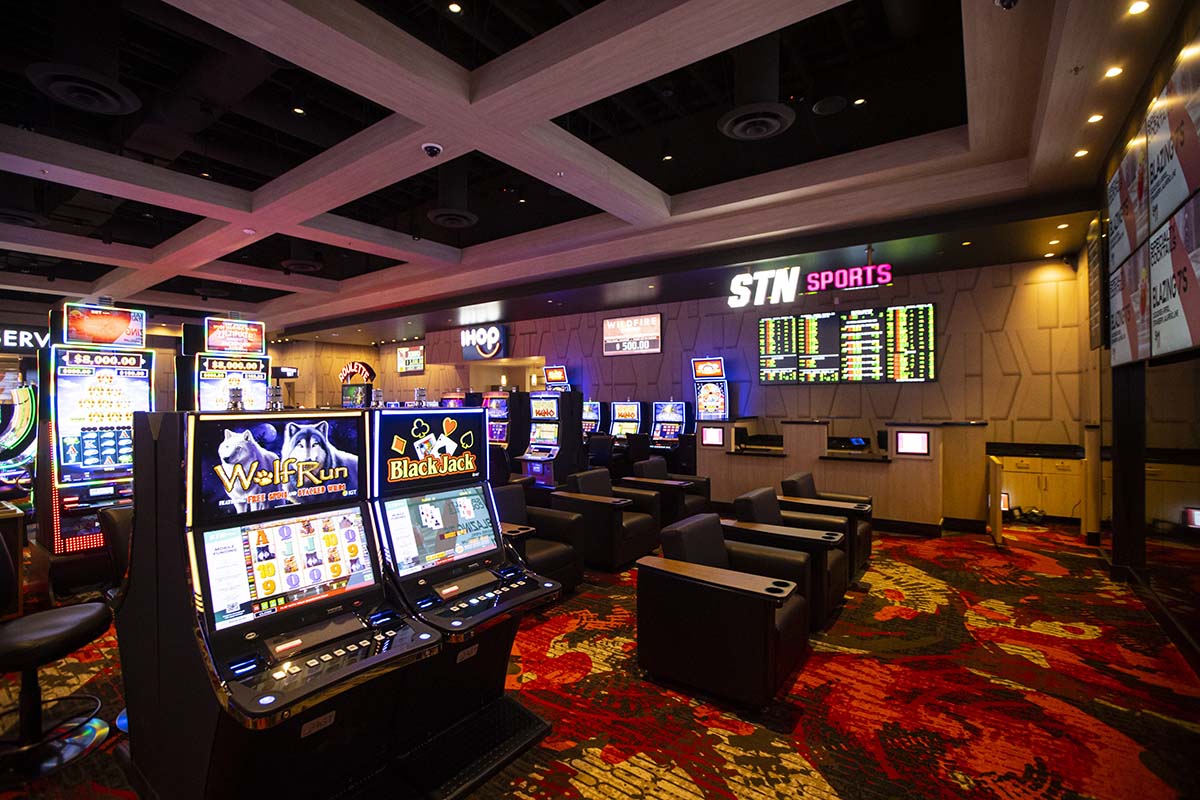
Casino experiences have long captivated human interest, drawing participants into a world filled with chance, tactics, and the allure of thrill. Each activity is meticulously crafted not just for fun, but also to elicit targeted emotional responses that keep participants immersed and committed. Understanding the drives behind these designs reveals much about how psychology plays a vital role in the gaming experience.
From the vivid lights and lively sounds to the complex layering of guidelines and rewards, casino games are designed to create an atmosphere of anticipation and eagerness. Game designers leverage mental cues to influence gambler behavior, whether through the use of winning opportunities, close-call situations, or social connections. By examining these elements, we can better appreciate how casino games fulfill not just a want for entertainment, but more profound psychological needs for adventure and hazard.
Grasping Player Behavior
Casino games are designed with a deep grasp of player psyche, which is essential for luring and retaining players. The rush of the game, coupled with the expectation of winning, produces a powerful draw. Game designers utilize elements like audio cues, vibrant graphics, and engaging gameplay to seize attention and evoke emotional responses. These sensory elements enhance the overall experience, making players feel more invested in the game.
Another notable aspect of player behavior is the notion of risk and reward. Casino games often manage high-stakes situations with the potential for considerable rewards, which can result in the phenomenon known as near-miss experience. When players come close to winning, the brain releases dopamine, reinforcing their behavior and motivating them to persist playing in pursuit of that fleeting win. This cycle of wish and letdown plays a critical role in how games are constructed and promoted.
Lastly, social factors also play a central role in player behavior at casinos. Many games are made to be played in groups or in company with other players, nurturing a sense of belonging and collective experience. The community engagement inherent in games like poker enhances enjoyment and can result in longer play sessions. Designers capitalize on this by designing environments that encourage players to stay, socialize, and return, making the overall casino experience more inviting. https://69vn.travel/
The Role of Visuals and Sound
Visuals and audio play a significant role in elevating the gambler’s experience within casino games. design company Designers utilize vibrant colors, striking graphics, and captivating animations to grab players’ attention and hold their interest. The use of motifs, such as exploration or luxury, helps create an engaging atmosphere that takes players into another world. By connecting to the senses, these elements contribute to a intensified emotional response, prompting players to engage more profoundly with the games.
Sound design is just as important in enhancing the overall experience of casino games. The combination of background music, sound effects for successful combinations, and ambient noises creates an auditory landscape that holds players enthralled. Audio cues associated with victories, such as ringing bells or festive music, evoke feelings of thrill and satisfaction, encouraging players to keep playing. These audio cues are carefully placed to enhance the thrill of the game and create a more immersive experience.
Moreover, the synchronization of visuals and sound is essential for supporting the game’s overall concept and atmosphere. Each element should coordinate seamlessly to create a cohesive experience that pulls players in. The effective use of this synergy not only improves user enjoyment but also increases the likelihood of return play, as players become more engaged in the captivating world that the gambling games offer. This thoughtful integration of visuals and sound ultimately enhances player involvement and commitment.
Reward Structures and Participation
The design of gambling experiences significantly relies on incentive structures to keep players involved and returning for additional experiences. These structures are based in behavioral theories that exploit human behavior and desire. Players are often driven by the thrill of success, which is supported by instant feedback through the game structure’s mechanics. This instant gratification not only improves the gaming experience but also fosters a feeling of achievement, encouraging participants to continue participating in hopes of bigger gains.
Casinos utilize various incentive systems, such as jackpots, bonuses, and increased rewards, to engage participants. These elements create a layer of thrill that sustains interest. Additionally, the unpredictability of results plays a crucial role in keeping attention. The variable reward system, where successes are random but happen often enough, keeps players on edge and motivated to continue participating. This cycle of hope and expectation is foundational to the success of gambling experiences.
In addition, community aspects, such as tournaments and multiplayer features, enhance the engagement factor by tapping into the competitive nature of players. The communal aspect of gaming with others can intensify the thrill of winning and create a community atmosphere within the gaming space. By combining these community elements with effective reward systems, casino games not only provide fun but also nurture a stronger connection among players, reinforcing their commitment to the overall experience.
